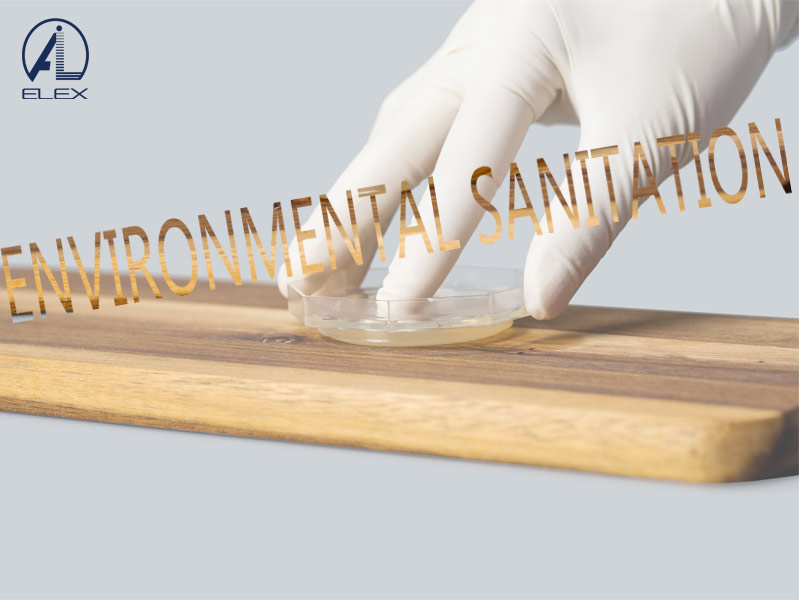Before sampling, it is necessary to know the source, processing, storage, packaging, transportation and other conditions of the samples. When sampling, the instruments and containers used should be sterilized, and sterile working should be strictly carried out; preservatives should not be added; liquid samples should be mixed evenly before sampling, and solid samples should be taken at different parts to make the samples representative; after sampling, the samples should be sent for food microbiology testing in time.
Swab sampler, sterile ziplock bags, etc. will be used in the collection.
The sampling method for food microbiological analysis formulated by ICMSF has been gradually popularized and adopted at home and abroad. ICMSF defines different sampling numbers according to the following principles:
1) The harm extent of various microorganisms to human beings is different;
2) After the food is processed under different conditions, the harm extent can be divided into three situations: the harm degree reduces; the harm extent is unchanged; and the harm extent increases.
According to sampling method of ICMSF, n refers to the number of samples taken from a batch of products; c refers to the number of samples detected in the batch of products that exceeds the limit; m refers to the quantity limit of qualified bacteria; m refers to the number of bacteria determined as qualified after additional conditions.
The collected samples should be sent to the food microbiological laboratory in time. Generally, it should not exceed 3 hours. If it is too far, the samples that do not need to be frozen can be kept in the environment of 1-5 ℃ to avoid freezing, so as to prevent the bacteria from damage.
When the sample is submitted for food microbiology testing, the application form must be filled in carefully for the reference of the inspection personnel.
After receiving the testing form, the inspector shall immediately register, fill in the serial number, and immediately put the sample in the refrigerator or icebox according to the testing requirements, and actively prepare conditions for testing.
 A Tentative Study on the relevance of HACCP certification and infection control in hospital
A Tentative Study on the relevance of HACCP certification and infection control in hospital
 Environmental Sanitation Microbiology Testing
Environmental Sanitation Microbiology Testing
 Microbiology Test in Food Industry
Microbiology Test in Food Industry
 The Applicability of High-quality Ready-to-use Swab Sampler for Tableware Sampling and Public Places Supplies and Utensils Microorganisms
The Applicability of High-quality Ready-to-use Swab Sampler for Tableware Sampling and Public Places Supplies and Utensils Microorganisms
 Spike Experiment of DNP Culture Media Plate Based on Ice Cream
Spike Experiment of DNP Culture Media Plate Based on Ice Cream

